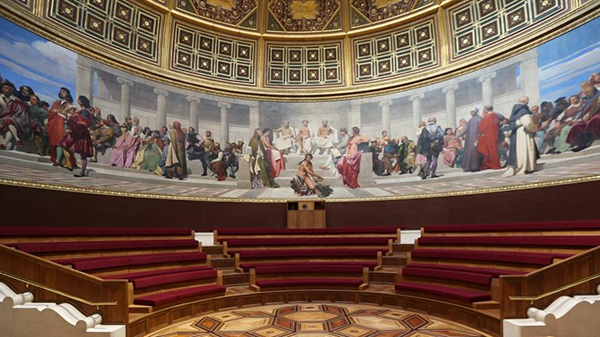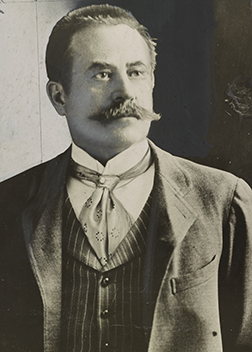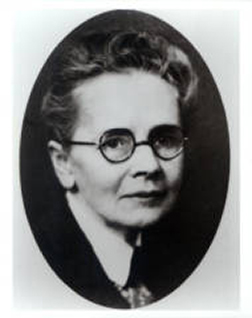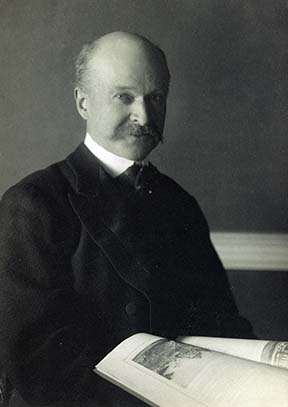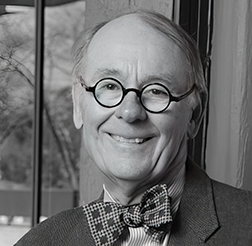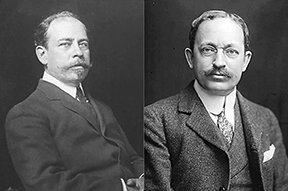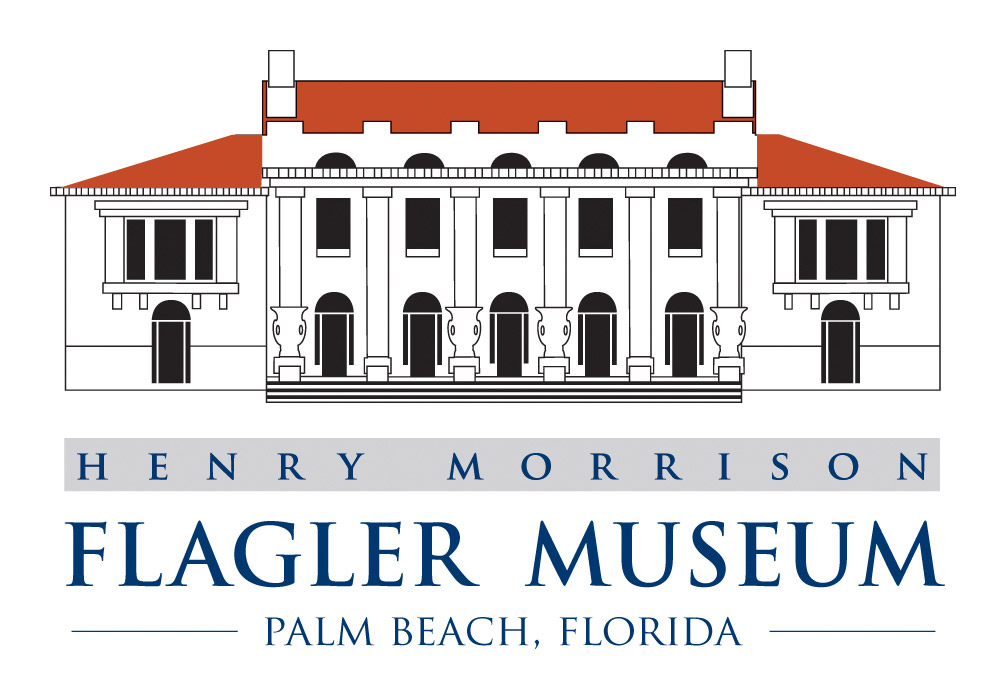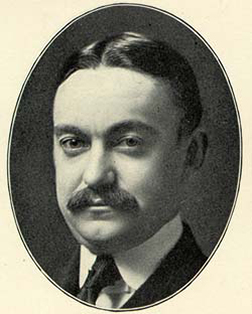
February 12, 2023, 3:00 pm
Watch This Recorded Lecture

By Dr. David Brownlee
Horace Trumbauer (December 28, 1868 – September 18, 1938) was in many ways the most enigmatic architect of America’s “Gilded Age.” Although he left school when he was 14, by the time he was thirty he had built palatial homes for some of the nation’s wealthiest families, and his office would produce more than 800 designs over the next forty years. In addition to great houses, this included important public buildings such as the Widener Library at Harvard, the Philadelphia Museum of Art, the Free Library of Philadelphia, and the two campuses of Duke University. Trumbauer’s list of clients included many who wintered in Palm Beach, among them the Phippses, Stotesburys, and Wideners. And in 1925 he was commissioned to design the First Church of Christ, Scientist.
Like many successful architects of his day, Trumbauer worked in many styles: Tudor, Italian Renaissance, Palladian, English baroque, Georgian, and French neoclassical. His versatility and quiet competence led the author of a long, admiring review in Architectural Record in 1904 to call his work "the standard, metropolitan and authoritative thing.” But Trumbauer never discussed his work or explained his thinking, and his design methods and the precise authorship of the buildings created in his thirty-person office have been difficult to discover.
Recent research has begun to cast light on Trumbauer’s artistry and the complex collaborations that he orchestrated. Among the important aspects of this teamwork was the key role played by Julian Abele (April 30, 1881 – April 23, 1950) the first African-American graduate of the architecture program at the University of Pennsylvania and the chief designer in Trumbauer’s office. Abele’s artistry was a vital ingredient in some of the firm’s most significant buildings, and despite racial prejudice and Jim Crow restrictions, his role was clearly visible and appreciated by many clients and fellow architects.
David Brownlee is a historian of modern architecture and urbanism in Europe and America. He has taught for his entire career at the University of Pennsylvania, where he won the Outstanding Teaching Award of the College Alumni Society and the university’s Lindback Award for Distinguished Teaching.
He has written about the nineteenth-century architecture of Britain, Germany, and France, and an important focus of his scholarship is the architecture and planning of Philadelphia. He has won major publication prizes of the Society of Architectural Historians (USA), its British counterpart, and the American Institute of Architects. He was named a Fellow by the SAH in 2015, which in 2020 established the international Brownlee Dissertation Prize in his honor.
Active in civic affairs, Brownlee served for 15 years on the Philadelphia Historical Commission, and he is now on the boards of the Preservation Alliance for Greater Philadelphia, the Athenaeum of Philadelphia, the World Heritage City project of the Global Philadelphia Association, the Beth Sholom Preservation Foundation, and the Design Advocacy Group. He is a recipient of the Wyck-Strickland Award and the Philadelphia AIA’s Paul Philippe Cret medal.
![]()
![]()



